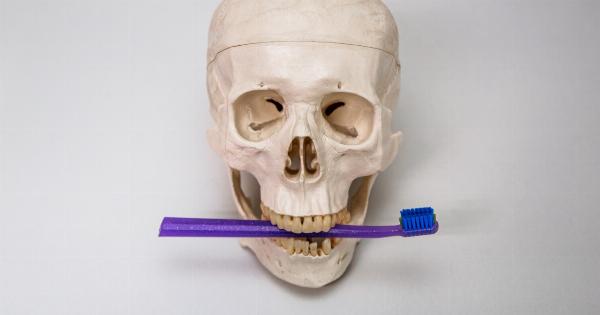Osteoporosis is a condition characterized by weakened bone density and an increased risk of fractures. It is a widespread problem, with over 10 million people in the United States affected.
While factors like age, genetics, and lifestyle play a role in the development of osteoporosis, there are steps individuals can take to prevent its onset or manage its symptoms.
What is Osteoporosis?
Osteoporosis occurs when bones lose minerals like calcium more quickly than they are replaced, leading to weakened bones that are more prone to fractures.
In some cases, the symptoms of osteoporosis, such as fractures in the spine, can lead to chronic pain and other negative health outcomes.
Causes of Osteoporosis
Osteoporosis is caused by a combination of factors. As people age, their bones naturally become weaker and lose density. Certain medications and medical conditions can also increase the risk of osteoporosis.
For example, people who take corticosteroids or who have an overactive thyroid are at higher risk for developing this condition.
The Role of Calcium
Calcium is an essential mineral that the body needs to build strong bones and teeth. Getting enough calcium is critical for maintaining bone density and preventing osteoporosis.
The recommended daily intake of calcium for adults is between 1000-1200 mg per day. Good sources of calcium include dairy products, leafy greens, and calcium-fortified foods like cereals and juices.
The Role of Vitamin D
Vitamin D is an essential vitamin that is necessary for the absorption of calcium. Without enough vitamin D, the body cannot effectively use the calcium it takes in.
Like calcium, vitamin D plays an important role in maintaining bone health and preventing osteoporosis. While the best source of vitamin D is sunlight, many people do not get enough exposure and need to rely on supplements or dietary sources. The recommended daily intake of vitamin D is 600 IU for adults.
Preventing Osteoporosis
Prevention is key when it comes to osteoporosis. By making healthy lifestyle choices and getting enough calcium and vitamin D, individuals can reduce their risk of developing this condition. Other important factors in preventing osteoporosis include:.
- Regular weight-bearing exercise, such as running or brisk walking
- Avoiding smoking and excessive alcohol consumption
- Getting enough protein in the diet to help build and maintain bone density
- Regular screening tests, especially for those with risk factors like a family history of osteoporosis or certain medical conditions
Treating Osteoporosis
If osteoporosis does develop, there are treatments available to help manage its symptoms and prevent further bone loss. These may include:.
- Prescription medications to improve bone density
- Lifestyle changes like increased physical activity and a healthy diet
- Assistive devices like braces or cane to reduce fall risk
- Therapies like physical therapy or occupational therapy to improve mobility and reduce pain
Conclusion
Osteoporosis is a significant health concern, especially for older adults.
By understanding the role of calcium and vitamin D in bone health, as well as making healthy lifestyle choices and utilizing medical interventions when necessary, individuals can take control of their bone health and reduce their risk of developing osteoporosis.






























